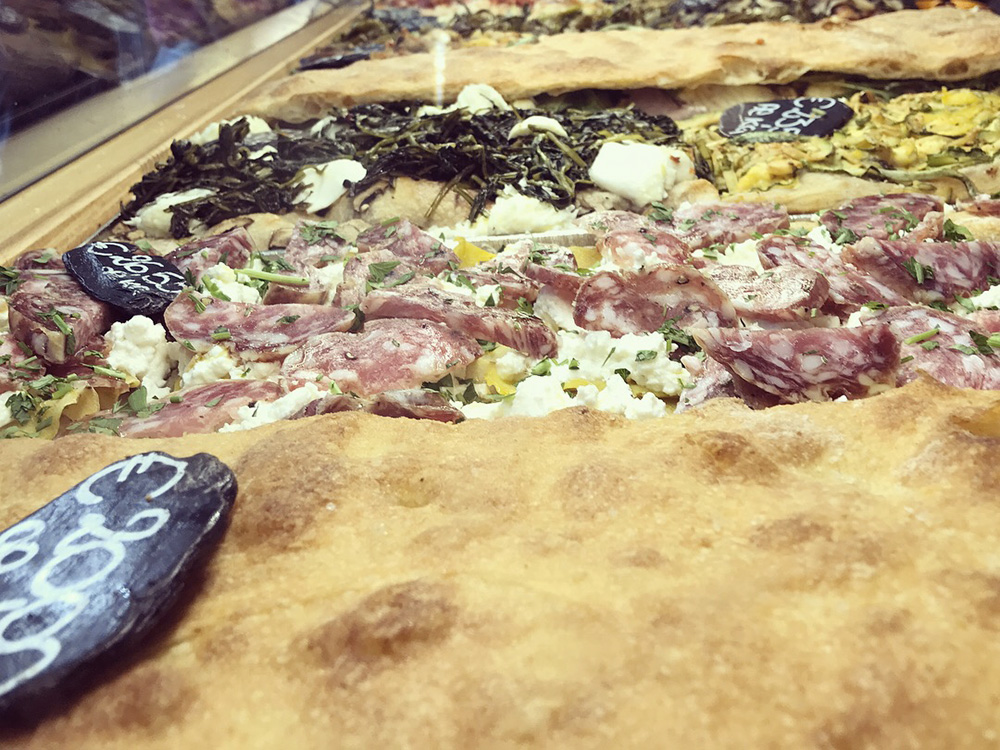CHRISTMASTIME
CULINARY
TRADITIONS
With Christmas just around the corner, my family – like so many others both here and in Italy – is starting to make preparations for all of the traditional foods that will be devoured during the holiday season. This is a time for friends and family to come together and cook and eat and drink and cook and eat and drink some more. That’s actually pretty much all we do.
In my family we have a time-honored tradition that, over the years, has come to be known as dough night. This is the night – which occurs about a week before Christmas – when all of our traditional fried specialties get made. From the cavizungidd (fried ravioli stuffed with a chocolate/chestnut/cooked wine filling) to the pettole (fried savory dough), it is a night that brings us back home to our southern Italian roots. Even though my nonna is no longer with us, we still follow all of her hand-written recipes from her black and white composition notebook and criticize each other’s techniques, just like she would have done! It’s a great night and a great time for everyone involved!
What are some of the Christmas traditions you are looking forward to most?
Arrivederci,
Teresa









